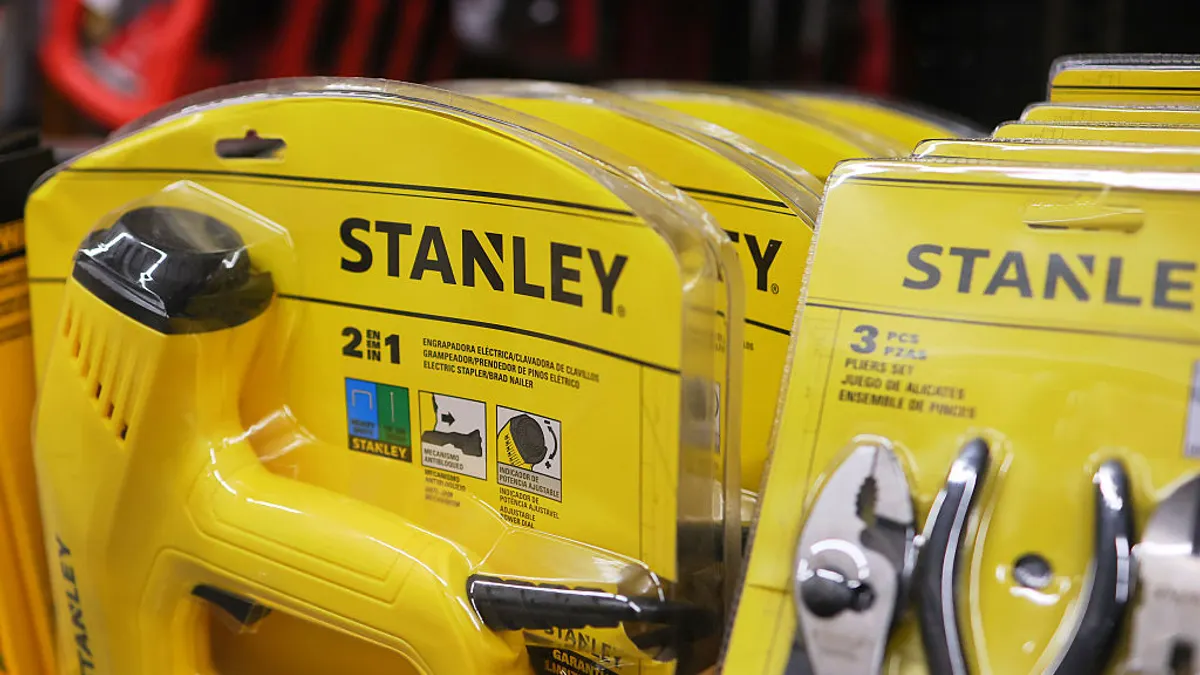Dive Brief:
- The National Carriers' Conference Committee (NCCC) reached a tentative labor agreement with the Coordinated Bargaining Group (CBG) last week, potentially securing labor peace for the nation's 30 railroads by securing wage increases for six unions.
- The two parties began negotiating wages and healthcare benefits in 2015, and are just concluding the first bargaining round. However, the parties appear confident the agreed-upon contract will be approved by all stakeholders, securing peace in the industry through 2019.
- The tentative agreement includes an immediate wage increase of 4%, plus 2.5% as of July 1, 2018, and an additional 3% percent on July 1, 2019, as well as retroactive wage increases of 13.14% for the time elapsed since 2015.
Dive Insight:
It's always good news when more than 30 employers and the six unions representing 60% of the rail industry's workers come to an agreement.
It's even better news when that agreement guarantees labor peace for an industry responsible for transporting roughly 40% of U.S. products. In fact, the two negotiating parties seemed content with the results, noting they expected and hoped their memberships would approve the deal.
"This is a very positive outcome for a very difficult round of negotiations," the CBG Union Presidents said in a press release. "We look forward to presenting the Tentative Agreement to our respective memberships for their consideration." Meanwhile, NCCC Chairman A. Kenneth Gradia said he was "confident" the agreement would serve "as the foundation for the successful resolution of the bargaining round."
It may just be rhetoric, but the reality is the railroad industry has seen few labor disruptions in the past year.
Some companies have seen tensions, especially amid layoffs, but the last major disruption occurred in 2011, when then-President Barack Obama blocked a potential strike by roughly 25,000 workers. Unhappy with rail lines' insistence that workers accept higher deductibles for health care as well as rejecting a wage increase of 17% over a 6 year span, unions voted to strike. Prior to this, no strikes had occurred since 1991.
All parties must still agree to the deal, but if they do, rail could be considered the safest mode of transportation when it comes to labor disputes. After all, ports are experiencing tensions over contracts, truckers are protesting recent regulations and pilots are striking against overwork due to a staffing shortage.














